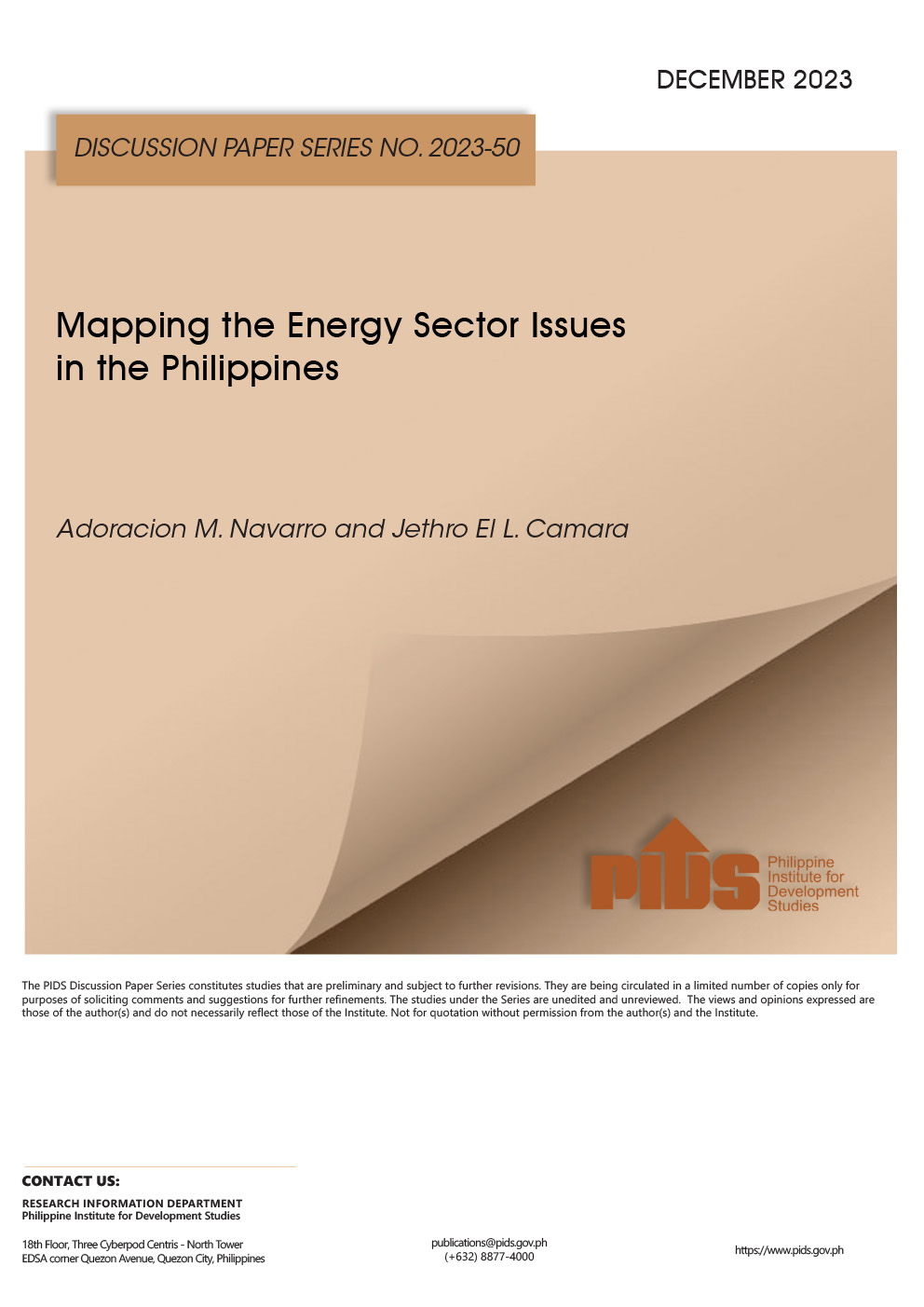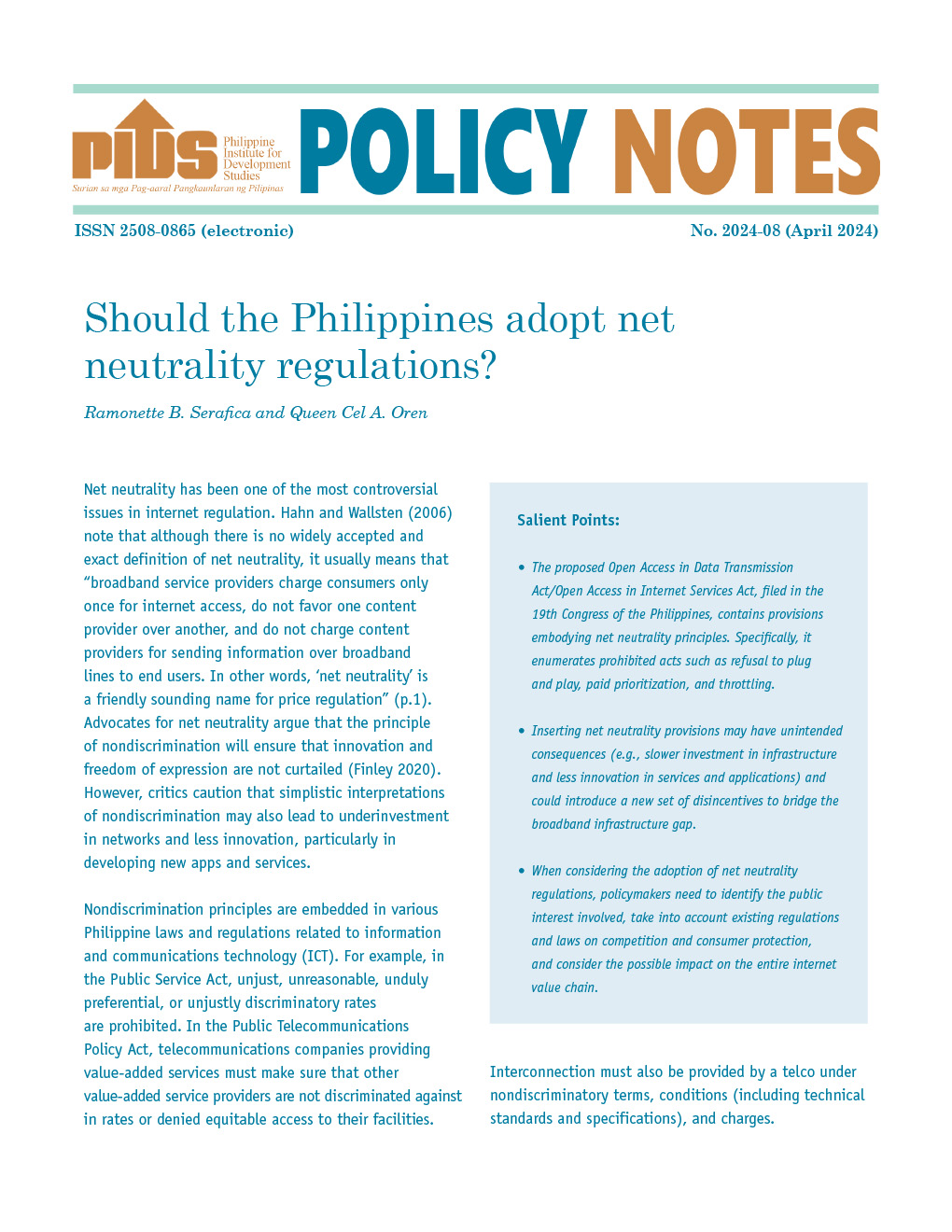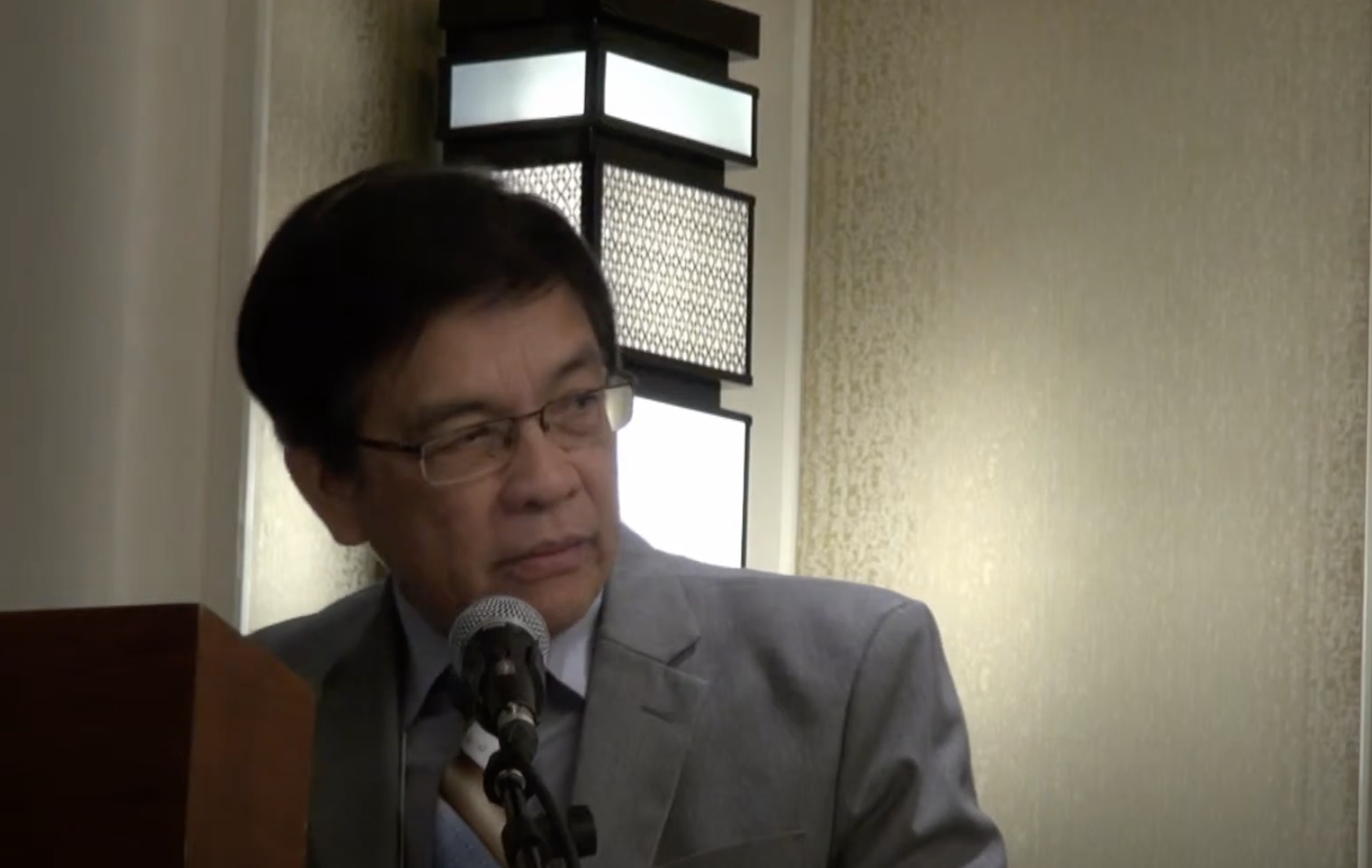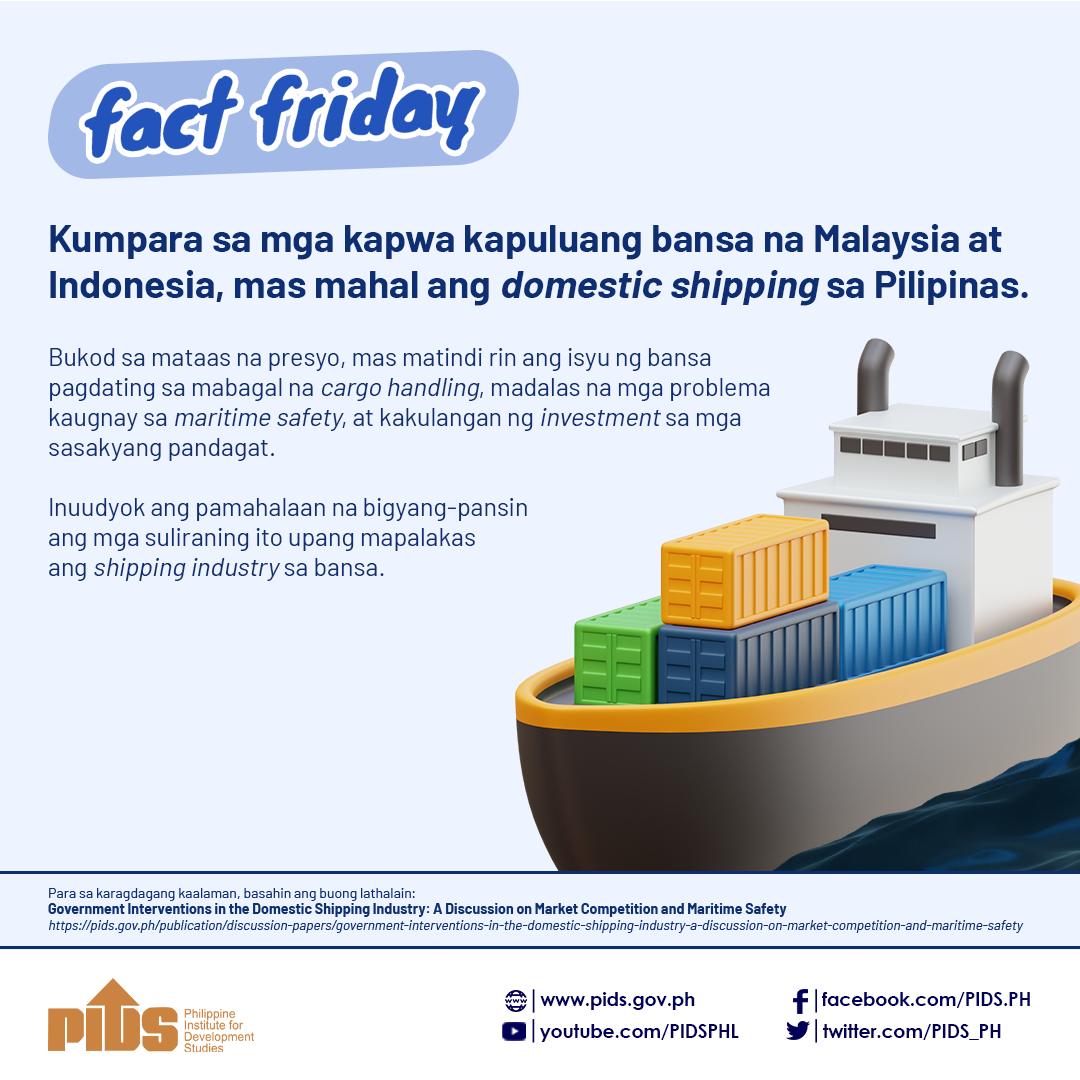IN our editorial for Monday, we stressed the importance of developing a national "maritime agenda," an idea that means, in its simplest terms, prioritizing maritime concerns in the overall national development plan so that they provide a context for the development initiatives and policy in all other agencies. Not everything the government pursues will relate to maritime concerns, of course, but having a maritime agenda will ensure that no policy works against them.
It is entirely appropriate that maritime concerns be given such prominence; this is, after all, an archipelagic nation. Hundreds of thousands Filipino men and women man the world's ships. Within our own borders, according to the Philippine Statistics Authority, about 99 percent of domestic trade — more than 25 million metric tons annually — is carried by sea, along with 76 million human travelers, a number roughly equal to two-thirds of the entire population of the country.
In order for a maritime agenda to be a true agenda rather than merely a statement of aspirational principles, there has to be a framework for development in the maritime sector that addresses real-world concerns of safety, infrastructure and regulation; in other words, something "physical" that other policies and initiatives can be connected to. In that regard, a webinar conducted by the Philippine Institute for Development Studies (PIDS) last month offered several worthwhile recommendations. Many of these recommendations have been made in the past, but gathering them together in a sense presents the foundation for a maritime agenda.
The first recommendation is to address the complex and in many cases contradictory distribution of responsibility for maritime concerns among government agencies, local government units and the private sector. The biggest problem identified by the PIDS research team — as well as by the World Bank, as far back as 2009 — is the combination of roles of port regulator, operator and developer in the Philippine Ports Authority (PPA). The PPA should not be in the port operations or development business, but should be a regulator only; likewise, the Maritime Industry Authority, which manages roll-on, roll-off ports and terminals, should hand that task to agencies better suited to it, and focus on regulation of the non-port aspects of the maritime sector, the personnel and vessels.
The PIDS researchers also recommended the creation of a separate agency for transport safety and security, which would cover not only marine transport, but rail and air transport as well, much as the National Transportation Safety Board does in the US.
The other major issue highlighted by PIDS is the lack of a coordinated planning approach to maritime transport development, ports and connectivity to other infrastructure — roads and railroads, public transit systems, and logistics hubs for goods and agricultural products. Even though the Philippines has more maritime infrastructure — boasting nearly 1,900 ports — than the rest of the Asean countries, PIDS said, it consistently lags in development and economic efficiency.
The point being made here is that in order to have a balanced, productive economy, the movement of goods and people must be as efficient as possible. It is not now, because policy and planning up to this point has not taken a holistic approach, considering the various resources and infrastructure as one large, interconnected network.
Thus, the call for a national maritime agenda becomes even more imperative. The country is, after all, mostly water. Not only is the sea a potentially inexhaustible source of food and energy — provided it is managed wisely, of course — the sea is ready-made transport infrastructure, a foundation on which everything else can be built, and which connects us to the rest of the world. A maritime agenda that recognizes this, permits the country to make the most efficient use of it, and does so in a sustainable manner that preserves our greatest resource for future generations is, we believe, the guide to our long-sought path to prosperity.








